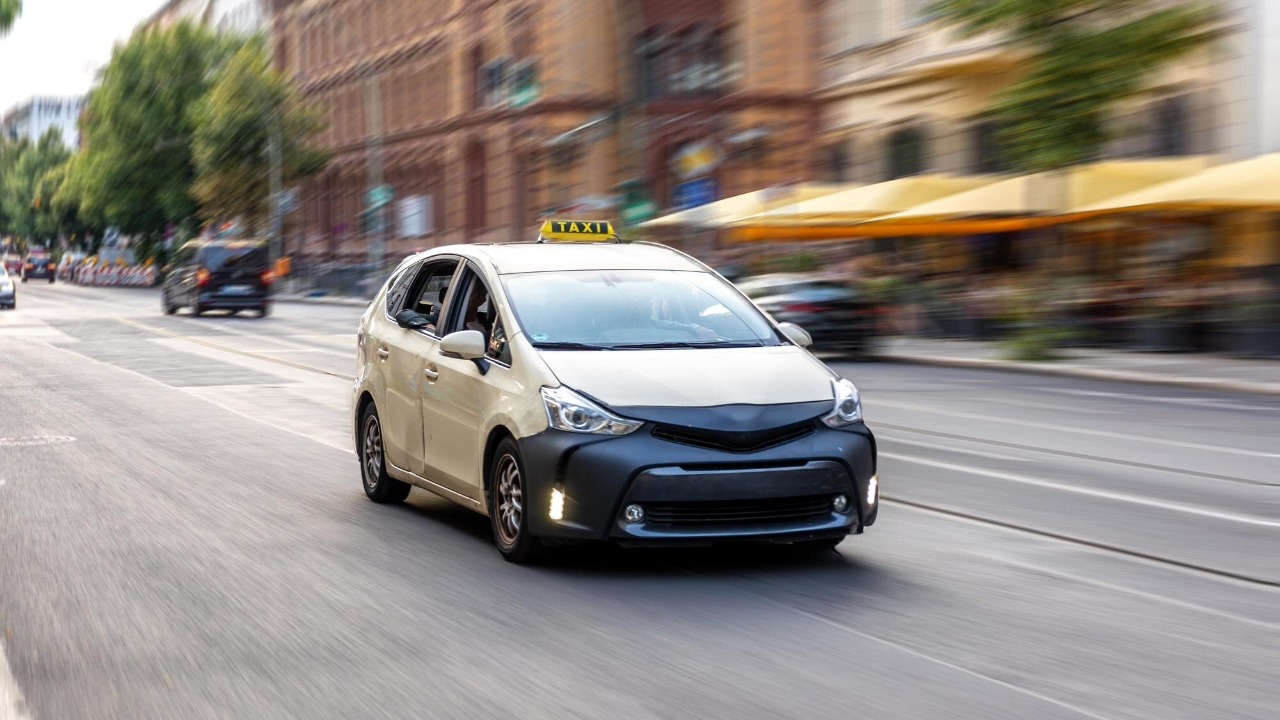
Waymo, Alphabet’s autonomous driving unit, is set to expand its robotaxi service to London, with a planned launch in 2026. This marks the company’s first major foray into the UK market beyond the US. The service will introduce driverless taxis to London’s streets starting in the spring, building on Waymo’s established operations in cities like San Francisco and Phoenix. This move positions Waymo to compete with local players like Wayve in the growing European autonomous vehicle sector.
Waymo’s Background and Global Reach
Waymo began as Alphabet’s self-driving project and has evolved into a leading commercial robotaxi provider. The company has achieved significant operational milestones in US cities, including San Francisco and Phoenix, where it has successfully integrated autonomous vehicles into urban environments. These achievements set the stage for its expansion into London, where it aims to replicate its success in a new and challenging market. Waymo’s ability to navigate complex cityscapes in the US provides a strong foundation for its upcoming operations in the UK.
Currently, Waymo boasts a substantial fleet size and has formed strategic ride-hailing partnerships, such as with Uber, to enhance its scalability for international markets like London. These partnerships not only expand Waymo’s reach but also demonstrate its capability to integrate with existing transportation networks. This scalability is crucial as Waymo prepares to enter the competitive London market, where it will face both regulatory challenges and competition from local companies.
Waymo’s safety record is a cornerstone of its operations, with millions of autonomous miles driven to date. This extensive experience supports regulatory approval in new regions, as it provides a wealth of data demonstrating the reliability and safety of its technology. As Waymo prepares to launch in London, its proven safety record will be a key factor in gaining the trust of both regulators and the public.
Launch Timeline for London Operations
The launch of Waymo’s robotaxis in London is slated for 2026, with initial testing phases preceding full public deployment. This phased approach allows Waymo to fine-tune its operations and address any challenges specific to the London environment. The company plans to roll out its driverless taxis on London’s streets in the spring of 2026, starting with specific neighborhoods to ensure a smooth integration into the city’s transportation ecosystem.
Preparatory steps are already underway, including mapping London’s road infrastructure and partnering with local authorities. These efforts are crucial for adapting Waymo’s technology to the unique characteristics of London’s streets, such as its historic layout and traffic patterns. By collaborating with local stakeholders, Waymo aims to ensure that its service meets the needs of Londoners while adhering to local regulations.
Technology and Safety Features
Waymo’s core autonomous technology stack includes advanced LiDAR, radar, and AI-driven mapping systems, all tailored to navigate London’s complex urban environment. These technologies enable Waymo’s vehicles to detect and respond to a wide range of obstacles and traffic scenarios, ensuring safe and efficient operation. The adaptation of this technology to London’s specific challenges, such as roundabouts and narrow streets, is a testament to Waymo’s commitment to providing a reliable service.
Safety protocols are a top priority for Waymo, with features such as remote monitoring and emergency response systems set to be implemented for the London service. These measures are designed to provide an additional layer of security, ensuring that any issues can be promptly addressed. The integration of these safety features is essential for gaining public confidence and meeting regulatory standards in the UK.
Regulatory and Competitive Landscape
For Waymo to operate its driverless taxis in London, it must secure UK regulatory approvals, including compliance with the Automated Vehicles Act. This regulatory framework sets the standards for autonomous vehicle operations, ensuring that they meet safety and performance criteria. Waymo’s extensive experience and proven safety record will be instrumental in navigating this regulatory landscape and securing the necessary approvals.
Waymo’s entry into the London market will see it compete with local competitor Wayve, both aiming to deploy autonomous taxis by spring 2026. This competition highlights the growing interest in autonomous vehicle technology within the UK and the potential for significant advancements in urban transportation. The presence of multiple players in the market is likely to drive innovation and improve service offerings for consumers.
Potential partnerships with Transport for London and other local entities could further enhance Waymo’s integration into the city’s transportation network. These collaborations may also have economic impacts, such as shifts in traditional taxi services and the creation of new job opportunities in the autonomous vehicle sector. As Waymo prepares to launch its service, these partnerships will be crucial for ensuring a successful and sustainable operation in London.
For more details on Waymo’s upcoming launch in London, visit Wired, AI Magazine, Fast Company, CNET, and London Centric.